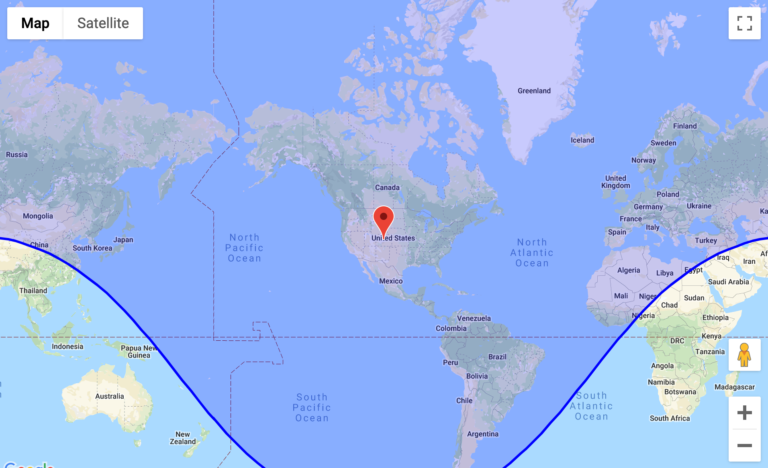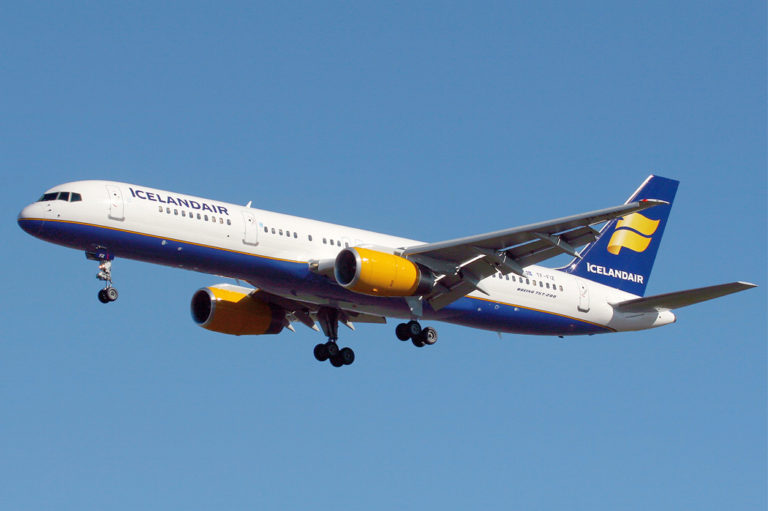The Boeing 757 is renowned for its efficiency, versatility, and reliability. This narrow-body jet, designed for medium to long-haul flights, has become a staple in commercial and private aviation.
Thanks to its powerful engines and advanced aerodynamics, it offers outstanding fuel efficiency and a smooth flying experience. Whether you’re an aviation enthusiast or a business professional, understanding this aircraft’s capabilities and history can provide valuable insights.
Let’s delve into the extraordinary features, benefits, and characteristics that set the 757 apart.
The 757 Boeing is a midsize, narrow-body twin-engine airliner designed and built by Boeing Commercial Airplanes. It is the manufacturer‘s largest single-aisle passenger aircraft, produced from 1981 to 2004.
The twinjet has a two-crew-member glass cockpit and sufficient-power turbofan engines. It allows take-offs from relatively short runways and higher altitudes. It also has a conventional tail and a supercritical wing design for reduced aerodynamic drag.
Intended to replace the smaller three-engine 727 on short and medium routes, the Boeing 757 seating can carry several passengers. It takes 200 to 295 individuals for 3,150 to 4,100 NM (5,830 to 7,590 km). However, it depends on the variant.
Boeing designed it alongside its wide-body twinjet counterpart, the 767. Due to their shared features, pilots have the advantage of obtaining a common type rating. It also enables them to operate both aircraft seamlessly.
Boeing produced the 757 in two fuselage lengths. The original 757-200 entered service in 1983. Meanwhile, the 757-200PF, a package freighter, and the 757-200M, a passenger freighter, debuted in the late 1980s.
The stretched Boeing 757-300, the longest narrow-body twinjet ever produced, began service in 1999.
Passenger 757-200s have been modified to special freighter (SF) specifications for cargo use. The military derivatives include the C-32 transport, VIP carriers, and other multi-purpose aircraft. The Rolls-Royce RB211 or Pratt & Whitney PW2000 series turbofans power all 757s.
Your Gateway to Business Jets
Bloom Business Jet caters to all your aviation needs. We can guide you if you want to buy, sell, or appraise a Boeing 757 private jet for sale.
Navigating the intricacies of the aviation market can be daunting. However, we’ll provide comprehensive support at every turn. From initial consultation to final transactions, we will provide you with the guidance and resources needed.
Engage with us today to discover how we can assist you in deciding and achieving your aviation goals. Let us help you understand the complexities and challenges of the aviation market and help you buy a Boeing 757.
Seats Full Range (NM / SM): 6025 / 6934
Ferry Range (No Payload) (NM / SM): 6,191 / 7,125
Balance Field Length (Take-off Distance in Feet): 6,923
Landing Distance (Feet): 4,010
Average Block Speed (KTS / MPH): 448 / 516
Normal Cruise (KTS / MPH): 448 / 515
Long Range Cruise Speed (KTS / MPH): 448 / 515
Fuel Usage (Gallons Per Hour): 1,220.00
Service Ceiling (Feet): 42,000
Useful Payload With Full Fuel (Lbs): 5,177
Maximum Take Off Weight: 250,000
Maximum Landing Weight: 198,000
Basic Operating Weight: 134,590
Total Usable Fuel Weight: 107,414
RANGE MAP

Minimum Crew / Maximum Passengers: 2 / 200
Baggage Capacity External / Internal (Cubic Feet): 1,500 / 150
Cabin Height (Feet): 7’0″
Cabin Width (Feet): 11’6″
Cabin Length (Feet): 118’0″
Cabin Volume (Cubic Feet): 9499.00
Years in Production: 1982 – 2005
Active Fleet (approximate): 913
Airframe Maintenance Per Hour: $848.00
Engine / APU Maintenance Per Hour: $553.45
Fuel Cost based on Gallons Per Hour: $5,185.00
Crew Misc.: $169.00
Total Variable Cost Per Hour: $6,755.45
Cost Per NM: $15.08


